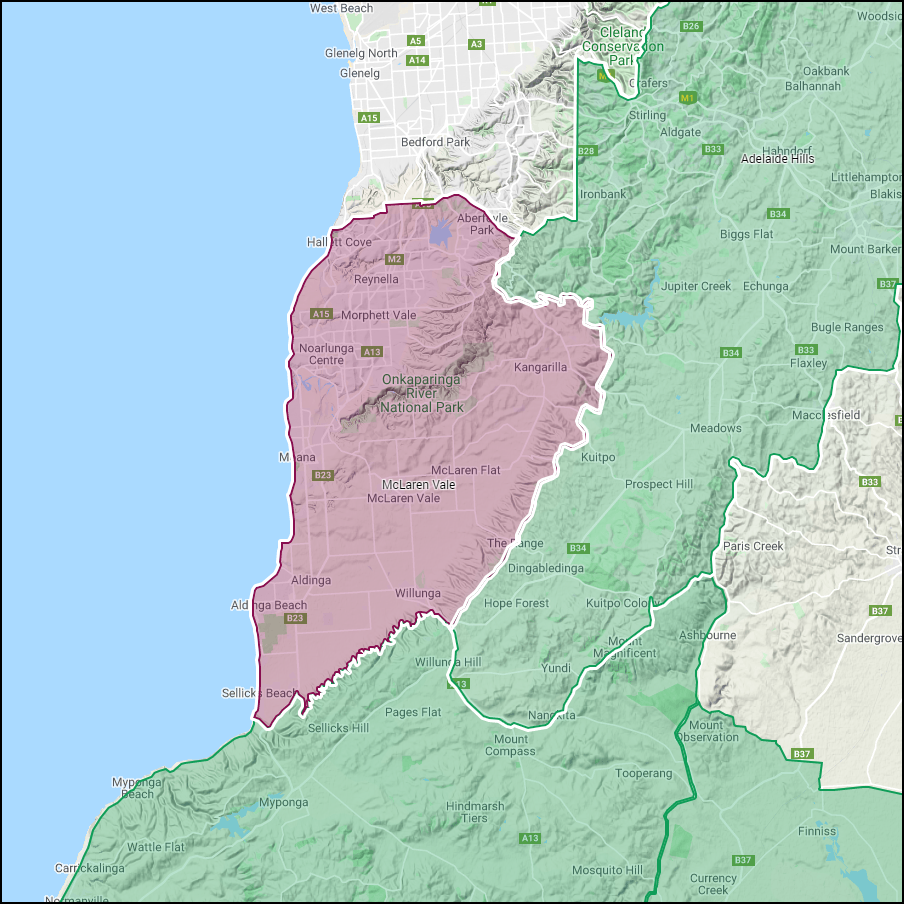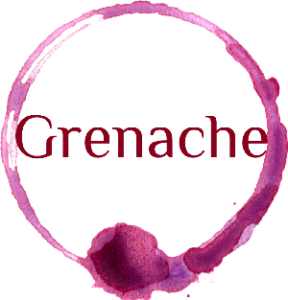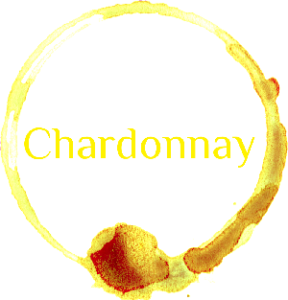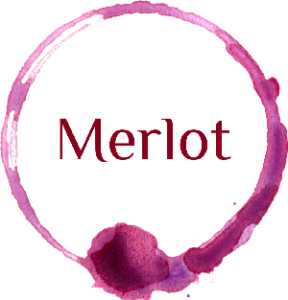Just a 45-minute drive south of Adelaide in the heart of one of Australia’s oldest and most acclaimed wine regions, Mclaren Vale is a wine lover and foodie’s paradise.
The region forms part of the Fleurieu wine zone in South Australia, alongside Southern Fleurieu, Langhorne Creek, Kangaroo Island and Currency Creek.
McLaren Vale’s extensive natural and cultural heritage spans thousands of years of traditional ownership by the Kaurna people and recently, has been shaped by European colonisation. The colony of South Australia was founded in 1836 and McLaren Vale was established two years after following a survey conducted by John McLaren. John Reynell and Thomas Hardy planted grape vines in 1838, and the Seaview and Hardy wineries were in operation as early as 1850.
At that time, McLaren Vale wineries made heavy, dry table wines in the style required by the bulk wine merchants and exporters of the 19th century. By the turn of the 20th century, there was a shift towards making fortified wines.
Exports trebled between 1920 and 1930; after World War II, local sales increased. In the 1950s, several McLaren Vale wineries began bottling small parcels of selected wines and established cellar-door tastings and sales. It was not until the 1970s that table wine grew in popularity. Within the same decade, over 25 new wineries were established in the region, specialising in the production of distinctive Shiraz, Cabernet Sauvignon and Grenache.
Today, McLaren Vale is renowned for its premium wine production, most notably big bold reds.
d’Arenberg is an iconic winery known for its bold architecture and avant-garde winemaking. The cellar door is a must-see, so make sure you allow plenty of time if you’re dropping in. Chapel Hill is situated on historic grounds and is one of our all-time favourites for quality wines that won’t break the bank.
If big, bold reds are your thing, you can’t go past Mollydooker Wines. Known for their bold, fruit-forward wines, Mollydooker has gained a cult following for its distinctive style utilizing innovative techniques like the Marquis Vineyard Watering Program to enhance grape quality.
Today, McLaren Vale is host to more than 190 producers, including 80 cellar doors.
Top Stats
Harvest
Mid Feb to late Apr
Mean Jan temperature
21.3°C
Area of Vine
7,000 hectares
Altitude
0 – 417m
Growing season rainfall
226mm
Principal Varietals
The region is undoubtedly a red drinkers paradise with over 90% of the region’s crush going to producing red wine in 2019. The crown jewel of the region is certainly Shiraz, which accounts for 55% of the region’s plantings. The resulting wine is densely coloured, richly flavoured and quickly develops a velvety texture. The area’s thin soils, limited water and warm summers harness Shiraz’s natural vigour and produce intensely flavoured fruit, and wine with a deep purple colour that can last decades in the bottle.
Cabernet Sauvignon wines from the region are full-bodied and rich, often with a touch of dark chocolate intermixed with blackcurrant, and account for 21% of the region’s output. With a much smaller planting at just 6%, Grenache is produced with incredibly richly flavours and juiciness.
Chardonnay is the first white to hit the top 5 list and established dominance in white grape plantings with virtually every producer having a Chardonnay. In more recent years winemakers have shifted their focus to Spanish and Italian varieties better suited to the maritime climate, although in very small quantities. Lastly, Merlot takes the number 5 spot and just 4% of the region’s output, although most would know the region for Mataro over Merlot.
Notable Varietals
With such fabulous big reds on offer in McLaren Vale, you will be forgiven for not knowing too much about the others gems in the region. Spend some time visiting the significant number of boutique winemakers and you can experience some exceptional Mediterranean alternative red and white varieties including Fiano, Vermentino, Barbera, Montepulciano, Nero d’Avola, Sangiovese, Tempranillo and Zinfandel.
Geoff Johnston of Pirramimma planted the first Australian plot of Petit Verdot at McLaren Vale in 1983, and it is only now that this wine is being recognized elsewhere. Demand for cuttings of this variety has expanded rapidly and more wines will be presented to the market in the future. Petit Verdot grapes produce wine that has the colour intensity and spice of Shiraz, but with added fragrance of violets, which makes the nose very attractive.
McLaren Vale Viognier is spicy and complex with a huge spectrum of flavours and well worth looking out for.
Source www.wineaustralia.com and www.mclarenvale.info | Photo Credit








